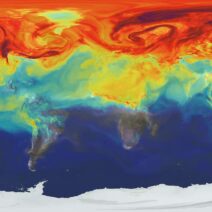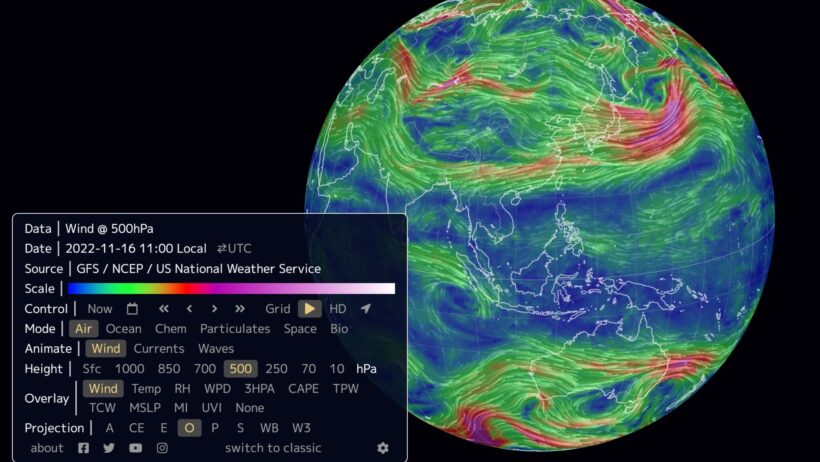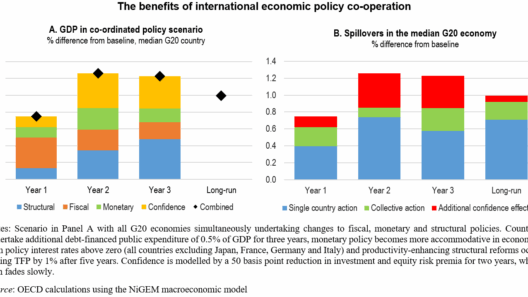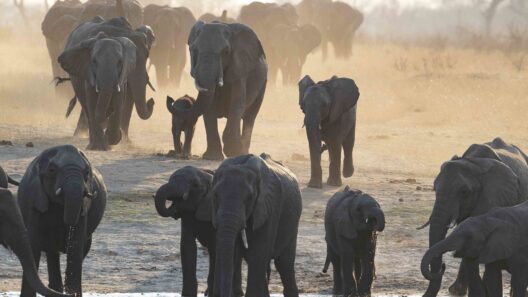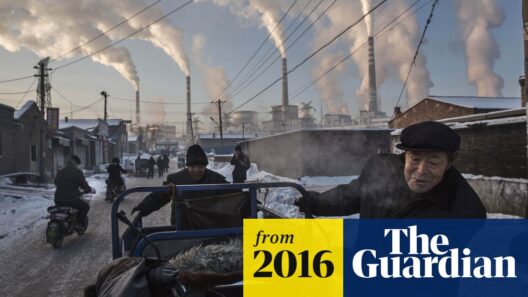Weather forecasting has long been a cornerstone of human civilization, helping societies adapt to the whims of nature. However, the advent of climate change introduces an array of complexities that complicate this task. As the climate warms, traditional methods of weather prediction become increasingly inadequate to capture the rapidly shifting dynamics of our atmosphere. This convergence of climate change and meteorology yields a compelling narrative that warrants deeper exploration.
One must first acknowledge that weather is inherently chaotic. The atmosphere is fraught with a multitude of variables—temperature, humidity, wind patterns, and pressure systems—that interact in unpredictable ways. Meteorologists employ sophisticated models to make sense of these dynamic variables, yet global warming introduces additional layers of complexity. One observable phenomenon is the intensification of extreme weather events. These events—hurricanes, droughts, heavy rainfall—are becoming more frequent and severe due to changes in sea surface temperatures and atmospheric conditions. Consequently, models must account for these amplifying phenomena, which themselves are not easily predictable.
Compounding this challenge is the phenomenon known as ‘climate variability.’ Different regions experience varying impacts from climate change; hence, localized weather systems may not behave as historical data suggests they should. For instance, a region that historically experiences mild winters may find itself besieged by unexpected cold snaps and heavy snow due to shifting jet streams. This variability makes it arduous for meteorologists to create reliable long-term forecasts. The old adage that ‘climate is what you expect; weather is what you get’ holds increasingly true. It accentuates the need for more extensive long-term climate data in order to robustly inform weather predictions.
Moreover, the data gaps in climate science further complicate forecasting. While advancements in satellite technology and data collection have improved our understanding of atmospheric phenomena, significant gaps remain, particularly in remote and less-studied regions. These undersampled areas contain crucial information that could yield insights into larger climate patterns. Without a comprehensive dataset, meteorologists risk making predictions based on incomplete and potentially misleading information.
It is also essential to consider the role of human-induced factors in weather phenomena. Urbanization, land use changes, and greenhouse gas emissions create microclimates, altering local weather patterns. Urban heat islands are a prime example, where cities, with their concrete and asphalt, become significantly warmer than surrounding rural areas. This localized warming can influence precipitation patterns, further complicating weather forecasts. As urban areas continue to expand, their impact on local climate will require new models to predict weather that traditionally relied on data from natural landscapes.
Additionally, oceanic changes are pivotal in shaping global weather patterns. The oceans serve as a hierarchical driver of atmospheric conditions. With global warming, sea levels rise, and ocean temperatures increase, leading to changes in ocean currents. This phenomenon has cascading effects—altering rain patterns, increasing the frequency of tropical storms, and even contributing to polar vortex disruptions. Predicting these water-atmosphere interactions necessitates a multidisciplinary approach, integrating insights from oceanography, climatology, and meteorology.
In light of these complexities, meteorologists are increasingly turning to advanced computational models and artificial intelligence (AI). These technologies enable the analysis of vast arrays of data, harnessing machine learning algorithms to identify patterns that traditional statistical methods may have missed. This rapid evolution in data processing presents both opportunities and challenges. On one hand, AI can enhance the granularity of weather predictions. On the other, it risks oversimplifying inherently chaotic systems, leading to potential misinterpretations of the data.
In essence, enhancing weather prediction methodologies in a warming world requires an adaptive framework. One potential avenue could involve collaborative international research initiatives aimed at standardizing climate data collection efforts. By establishing comprehensive databases and fostering interdisciplinary cooperation, scientists could bridge the information gap that currently limits accurate predictions.
Education also plays a cardinal role in bridging the gap between scientific knowledge and public perception. As climate change disrupts conventional weather patterns and challenges established norms, it becomes imperative to communicate these shifts effectively. Public understanding of the granular details behind forecasting can enhance community resilience, prompting societies to better prepare for unpredictable weather anomalies. This engagement will inspire collective action to address climate change at both grassroots and systemic levels.
To conclude, predicting the unpredictable is a daunting yet crucial endeavor in the context of global warming. The interplay of chaotic atmospheric dynamics, climate variability, human-induced changes, and technological advancements reflects an intricate tapestry that mirrors our planet’s evolving conditions. As the effects of climate change become more pronounced, the urgency for refined forecasting methodologies is paramount. Without adapting to the complexities introduced by climate change, humankind risks being ill-equipped to navigate an increasingly unpredictable future.


